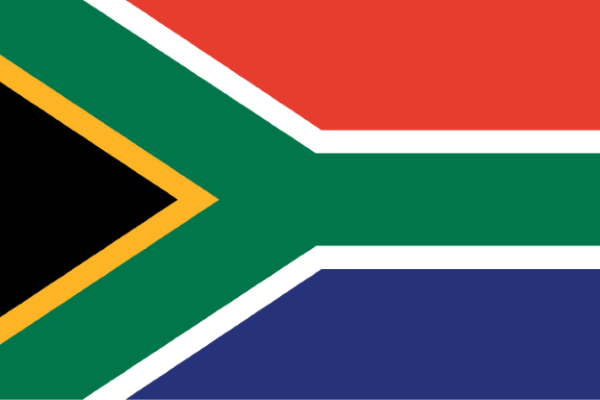The Order of Ikhamanga in Silver

Barbara Eleanor Harcourt Jurgens (1912 – ) Awarded for:
Her excellent contribution to the art and preservation of South African indigenous traditions through the medium of drawing.
Profile of Barbara Eleanor Harcourt Jurgens
Barbara Eleanor Harcourt Jurgens, née Tyrrell, the artist who invaluably recorded the disappearing ways of life of southern African peoples through detailed drawings of their traditional dress, was born in Durban in 1912.
Internationally renowned, her work is displayed in various museums and collections.
Jurgens is noted for drawing from real-life subjects instead of secondary sources and for capturing, with truth, the isithunzi or sense of presence of her subjects and the socio-cultural meaning of the detail in their dress and accessories.
Jurgens, whose grandfather, Frederick Fynney, accompanied King Cetshwayo as an interpreter on his visit to Queen Victoria in 1882, grew up with a sound knowledge of isiZulu culture and language.
She studied for a BA Fine Arts degree at the then University of Natal in the 1930s. In 1944, she began a life on the road in an old 1930s Chevrolet to sketch landscapes. While drawing in the Drakensberg, she noticed and drew a traditionally dressed woman of the amaNgwane. It struck Jurgens that the rich culture of traditional African dress needed to be recorded before it was lost to the forces of western modernisation. For the next 20 years, she visited and recorded the ethnic peoples of southern Africa in all their diversity.
She is said to have drawn 1 200 of these “research-work” sketches in this time and was sponsored in this remarkable endeavour by the committed heritage benefactor, Killie Campbell. These images later formed the basis of her first book published in 1961, Tribal Peoples of Southern Africa.
Over time, 700 of these works were acquired by the Campbell Collections and the remainder by the Oppenheimer family’s Brenthurst Library, ensuring their stay in southern Africa for the descendents of her subjects. She also donated some of her work to the Constitutional Court for display. The University of Natal, under which the Campbell Collections were later to be administered, awarded Jurgens an honorary doctorate for her work in 1965.
She married film-maker Adrian Jurgens in 1950 and settled in Richmond, KwaZulu-Natal, in the 1960s. Here, in 1971, she wrote her second book, Suspicion is my Name, which profiled the life of the Bhaca people of the area through one Banukile Mbhele.
In 1983, she collaborated with her son, Peter Jurgens, in publishing African Heritage, a study of the tradition of divination in the Richmond area.
Jurgens published her autobiography, Barbara Tyrrell: Her African Quest, in 1997.
In 2000, she opened a new exhibition at the Campbell Collections, Expression and the Ancestors: Diviners and Artists, which included her original field-sketches of African diviners or izangoma.
On this occasion, diviner Jack Nyawuza and his associates, in debating the topic “Museums and the Display of the Sacred”, expressed approval for Barbara Jurgens’ correct ritual approach and respect for the ancestors in her work.
On the occasion of her 90th birthday, 15 of her more recent works, employing a tonal technique she last used in the mid-1930s, were exhibited at the Campbell Collections.
These days, she concentrates on oil landscapes based on sketches from her days when she was still travelling the country, compiling the treasure of a record for generations to come.
Barbara Eleanor Harcourt Jurgens has captured the genius of South African traditional dress and in so doing preserved for generations to come the soul of South African culture.
At 95 years of age, Barbara Eleanor Harcourt Jurgens is still painting.




